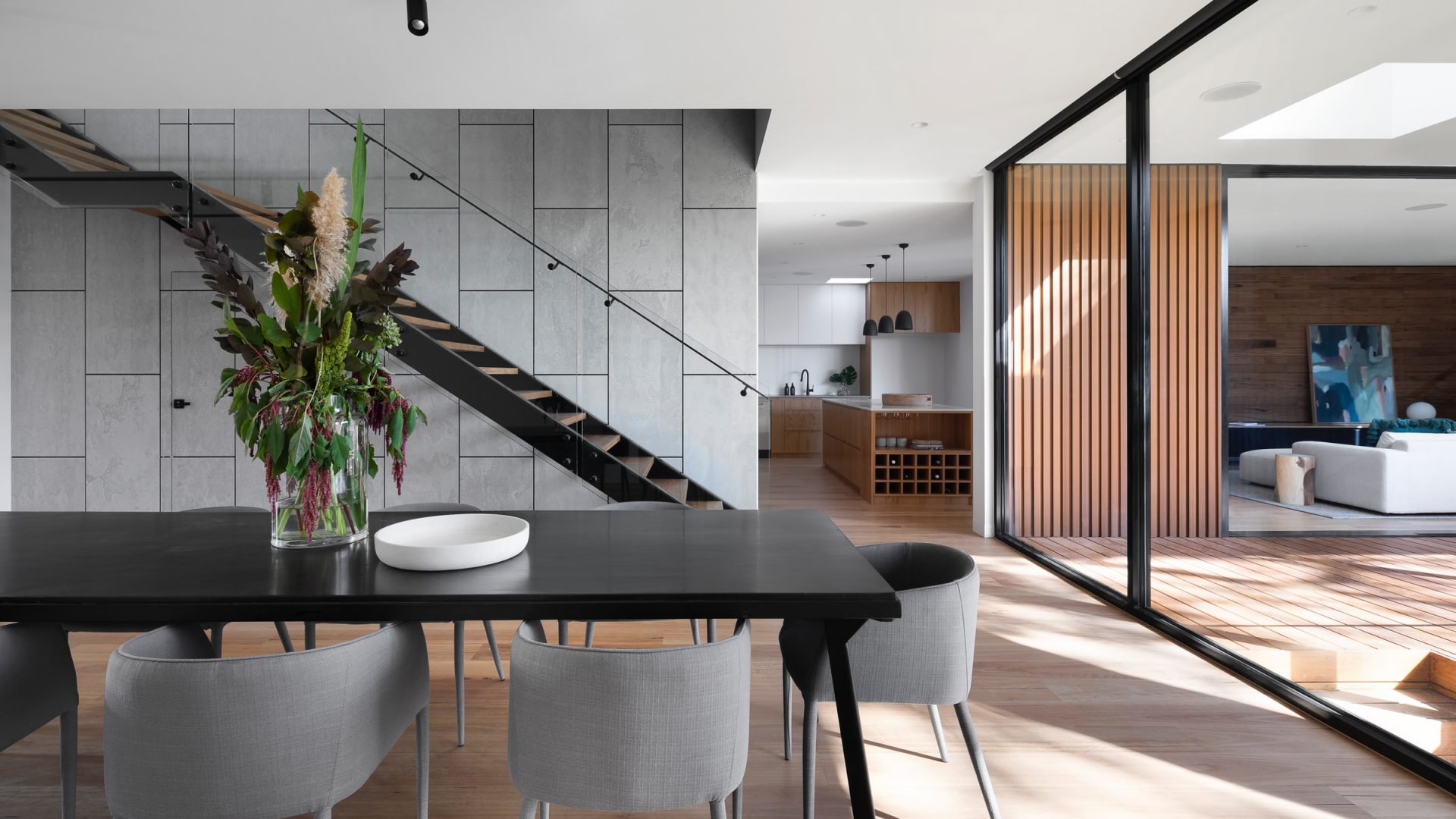

What works in 2020? Buying and selling property is like no other transaction regular people make in their daily lives. Apart from the huge costs involved, it’s also something most of us do only a few times in our lives – we don’t get a habit or a routine for it.
But the factors that really differentiate property from other large purchases, like cars and big holidays, is that a home is completely unique. Even if the exact same building was placed in another location, it would have a very different value as the price is tied up with the locality, from public transport and night life to schools and crime rates.
From a buyer’s perspective, you can’t read reviews and watch videos about a potential home because there’s nothing else like it in the world.
And yet, because of the way the market works, people are expected to make pretty quick purchase decisions. Making an offer on a property is almost like an auction – you can easily be outbid, so if you really want the home, you need to go in with a sensible offer before someone else does, and that means you need to be armed with all the research you could want.
And just to make things harder, you’re limited in the number of properties you can physically view in a given day. As well as all the travel to, from and between properties, you have to give it a good inspection while you’re there. Time is far too precious to waste looking at properties you’re not interested in – you want to be 80% certain you want it before you go through the door.
What does this mean for property vendors’ web design?
More than in any other sector, web design for estate agents has to be packed full of information. Whereas with electronic items, some pretty graphics, a list of specs and a price are all you need, the uniqueness of the product means the buyer is starting from point zero with every new property.
Geography is about the only repeatable factor, but even that’s limited – a desirable postcode could be adjacent to one where a completely different customer base would want to live.
With this is mind, here are the most important features your real estate website should have.
Fully searchable and filterable
With tens of thousands of properties on the market in a given region, people need to narrow down their searches to get a manageable list of possibles.
Give them as many options as you can think of, from size and price to closeness to schools, hospitals and entertainment. Of course, this all needs to be driven by a large, well maintained database, but since you’re making it easier to connect people with properties, it’s all worthwhile.
Never too much information
The more facts and figures you can give for each property, the easier it is for people to compare properties and get a feel for one over the other.
Given the uniqueness of the property, customers need to know everything – remember, they could be from outside the area and know next to nothing about it.
Lots of images, plus video and VR
For such a large investment, customers want to know they like a place before that all-important viewing. You can really help here with plenty of photos and layout diagrams, but if you really want to stand out, why not use video, or even virtual reality?
It’s not that difficult to do nowadays, and can help customers to drill down to the handful of properties they want to look at. Even if you save this kind of tech for your more prestige properties, it’ll have a huge impact.
Make new properties more visible
Home-hunting can be a long and obsessive process, with customers waiting months until the right property comes along. Ideally, you don’t want them to be looking at the same homes over and over again.
One way you can do this is to list your newer properties nearer the top so they see them first. Newness can be a filter, of course – and you can include among them properties where the asking price has recently been dropped.
Alternatively, you could have a swipe-left/swipe-right system so logged-in customers never have to trawl through the properties they have no interest in.
Mobile friendly
Mobile-friendliness is an absolute must on a home search site. As we’ve said, customers can spend every available hour checking to see if their dream home has come on the market, so you need to be able to catch them on the train, at the bus stop, in the boring meeting, or wherever they have a moment’s down time – and that means delivering the most important info swiftly and efficiently to their devices.
Make it aspirational
FInally, modern house-selling isn’t just about the bricks and mortar; it’s about the lifestyle. You might have noticed a huge difference between modern, forward looking high street estate agents and the traditional ones – the image change is happening online, too, because it works.
At least make the front of your website look like a style magazine, as it’s a first impression that’ll stick with customers. Tap into their aspirations with lots of imagery of people enjoying their homes, entertaining, chilling and working in a calm, relaxed environment – that’s what people are shopping for.
Choose a great design and development partner
We’re here to help you if you’re in the property industry and you’re looking to make more of a splash online. Have a look at what we do, and get in touch to put the key in the door of a brand new website.